The Best Companion Plants For Soybeans
The Best Companion Plants for Soybeans
Soybeans are a popular crop that can be grown in many different climates. They are a good source of protein and other nutrients, and they can be used to make a variety of products, including tofu, soymilk, and edamame.
When growing soybeans, it is important to choose the right companion plants. Companion planting is a gardening technique that involves planting different types of plants together to benefit each other. The right companion plants can help to improve the growth, productivity, and pest resistance of soybeans.
There are many different companion plants that can be grown with soybeans. Some of the best include:
- Corn: Corn is a tall plant that provides shade for soybeans, which can help to protect them from the sun and heat. Corn also helps to attract beneficial insects, such as ladybugs and parasitic wasps, which can help to control pests.

- Squash: Squash plants help to suppress weeds and improve soil drainage. They also release chemicals that help to repel harmful insects.
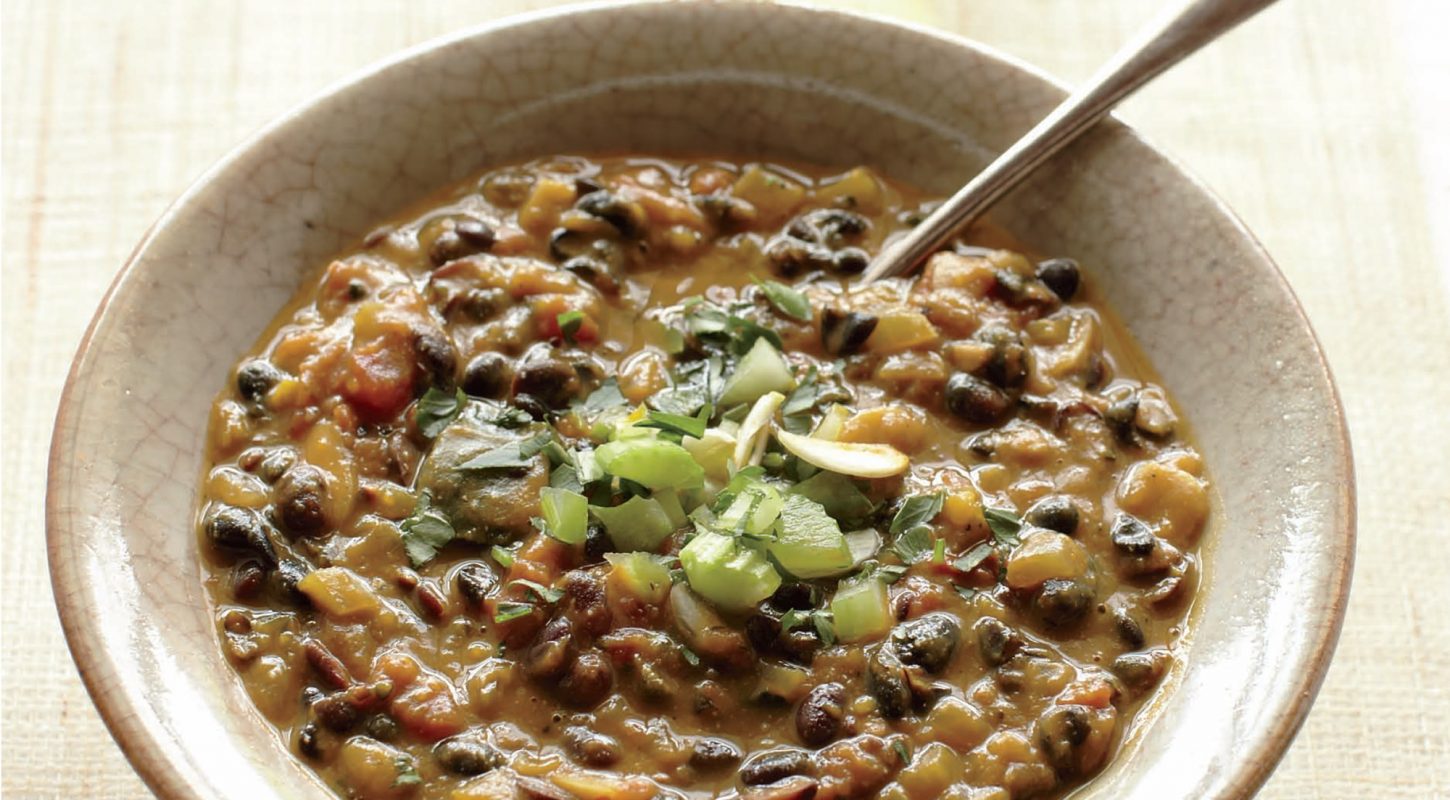
- Potatoes: Potatoes are heavy feeders that can benefit from the nitrogen that soybeans fix from the air. They also help to suppress weeds.
- Cucumbers: Cucumbers and soybeans can help to improve each other's growth. Cucumbers help to shade soybeans, which can help to protect them from the sun and heat. Soybeans, on the other hand, help to improve the pollination of cucumbers.

- Strawberries: Strawberries help to attract beneficial insects, such as ladybugs and parasitic wasps, which can help to control pests. They also help to improve the drainage of the soil.

- Celery: Celery helps to repel pests, such as aphids and spider mites. It also helps to improve the flavor of soybeans.

- Summer savory: Summer savory helps to repel pests, such as bean beetles. It also helps to improve the flavor of soybeans.

- Marigolds: Marigolds help to repel pests, such as nematodes and whiteflies. They also help to improve the drainage of the soil.
When choosing companion plants for soybeans, it is important to consider the size and growth habit of the plants. For example, corn and sunflowers are tall plants that can provide shade for soybeans, while cucumbers and squash are sprawling plants that can help to suppress weeds. It is also important to consider the climate and soil conditions in your area. For example, if you live in a hot climate, you may want to choose companion plants that can help to provide shade for soybeans.
Companion planting is a great way to improve the growth and productivity of your soybeans. By choosing the right companion plants, you can help to protect your soybeans from pests and diseases, improve the drainage of the soil, and boost the flavor of your harvest.
Soybeans are a versatile and nutritious crop that can be grown in many different climates. They are also a good choice for companion planting, as they can benefit from the company of other plants. Some of the best companion plants for soybeans include:
- Tomatoes: Tomatoes are heavy feeders and can benefit from the nitrogen that soybeans release into the soil.
- Eggplants: Eggplants also like nitrogen-rich soil, and they can help to deter pests from soybeans.
- Peppers: Peppers are another nitrogen-loving crop that can benefit from growing near soybeans.
- Cucumbers: Cucumbers and soybeans can help to shade each other from the sun, which can help to reduce water loss.
- Corn: Corn is a tall crop that can provide shade and support for soybeans.
If you are interested in learning more about soybean companion planting, I recommend visiting Gardenia Inspiration. This website has a wealth of information on the topic, including a list of recommended companion plants, tips on how to plant them together, and benefits of companion planting.
FAQ of soybean companion plants
Q: What are the best companion plants for soybeans?
A: Soybeans are nitrogen-fixing plants, which means they can convert atmospheric nitrogen into a form that other plants can use. This makes them a great companion plant for heavy feeders like tomatoes, eggplants, peppers, cucumbers, corn, and potatoes. These plants can benefit from the nitrogen that the soybeans provide, while the soybeans can benefit from the shade and support that the taller plants offer.
Other good companion plants for soybeans include:
- Marigolds: Marigolds help to repel pests like aphids, beetles, and nematodes.
- Cucumbers: Cucumbers help to suppress weeds and attract beneficial insects.
- Sunflowers: Sunflowers attract pollinators, which can help to increase the yield of soybeans.
- Beans: Beans help to improve the soil structure and provide nitrogen for the soybeans.
- Spinach: Spinach helps to shade the soil and prevent weeds from growing.
Q: What are some of the benefits of companion planting soybeans?
A: There are many benefits to companion planting soybeans. Some of the most common benefits include:
- Increased yields: Companion planting can help to increase the yield of soybeans by up to 30%.
- Improved soil health: Companion planting can help to improve the soil health by reducing pests and diseases, increasing nutrient availability, and improving water retention.
- Attraction of beneficial insects: Companion planting can attract beneficial insects, such as pollinators and predators of pests.
- Suppression of weeds: Companion planting can help to suppress weeds by providing shade, competing for nutrients, and attracting pests.
- Diversification of crops: Companion planting can help to diversify crops, which can reduce the risk of crop failure.
Q: What are some of the challenges of companion planting soybeans?
A: There are a few challenges that can be associated with companion planting soybeans. Some of the most common challenges include:
- Compatibility: Not all plants are compatible with soybeans. It is important to do your research before companion planting to ensure that the plants you choose will not compete with each other or have negative effects on each other.
- Spacing: It is important to plant companion plants at the correct spacing to allow them to grow properly and avoid competition.
- Weed management: Companion planting can make it more difficult to control weeds. It is important to be proactive in weed management to prevent weeds from competing with your soybeans.
- Pest and disease control: Companion planting can help to attract beneficial insects and suppress pests, but it is not a foolproof way to control pests and diseases. It is important to monitor your soybeans for pests and diseases and take appropriate action if necessary.
Q: How do I choose the right companion plants for my soybeans?
A: There are a few factors to consider when choosing companion plants for your soybeans. Some of the most important factors include:
- The size and growth habit of the plants: You want to choose companion plants that will not compete with each other for space or sunlight.
- The needs of the plants: You want to choose companion plants that have similar water, nutrient, and light requirements.
- The benefits that the plants provide: You want to choose companion plants that will provide beneficial effects for your soybeans, such as pest control, weed suppression, or improved soil health.
Image of soybean companion plants
- Cucumbers: Soybeans and cucumbers are both heavy feeders, so they can benefit from each other's presence. Cucumbers also help to suppress weeds, which can be a problem for soybeans.
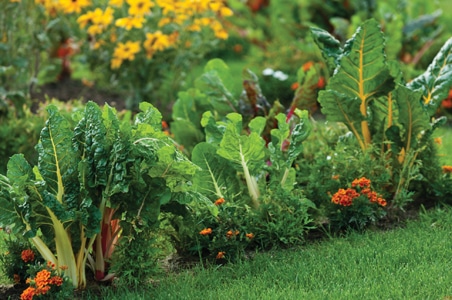
- Peas: Peas are nitrogen-fixing plants, which means they can add nitrogen to the soil. This can be beneficial for soybeans, which are nitrogen-hungry plants. Peas also help to suppress weeds and attract beneficial insects.
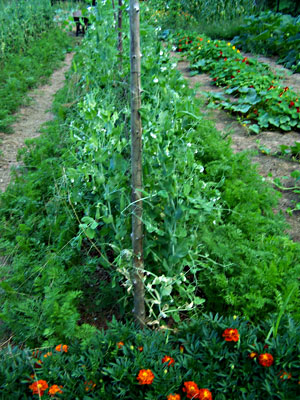
- Pumpkins: Pumpkins can help to shade the soil around soybeans, which can help to keep the soil cool and moist. They can also help to suppress weeds.
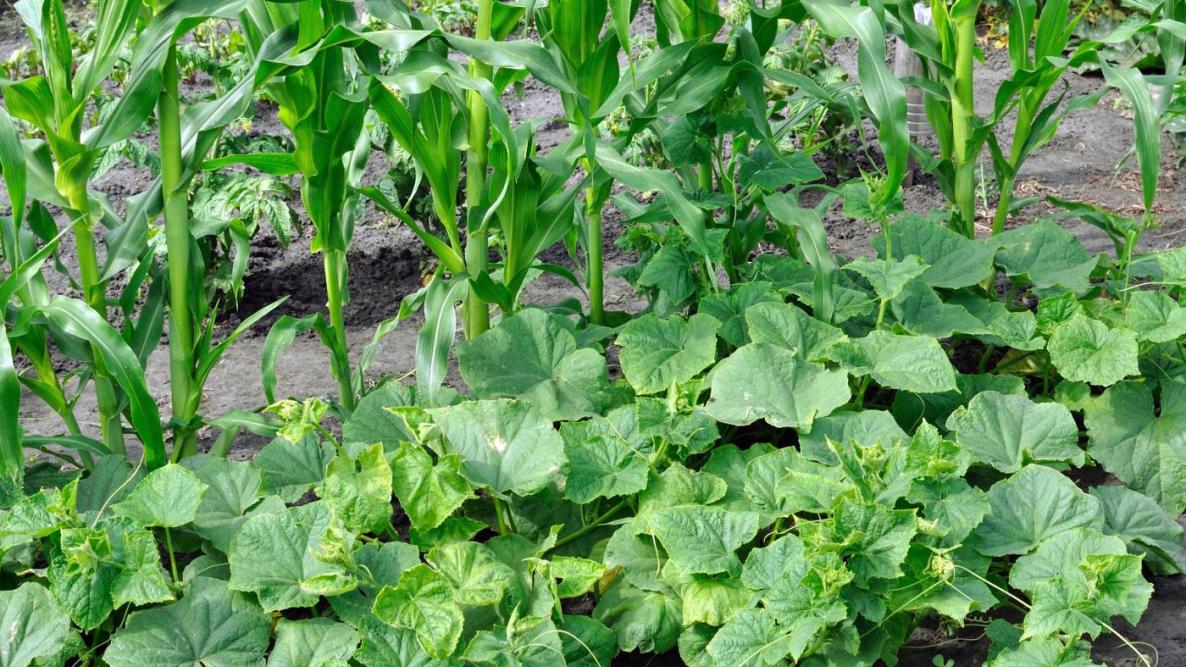
- Sunflowers: Sunflowers are tall plants that can help to provide shade for soybeans. They can also attract beneficial insects and help to suppress weeds.
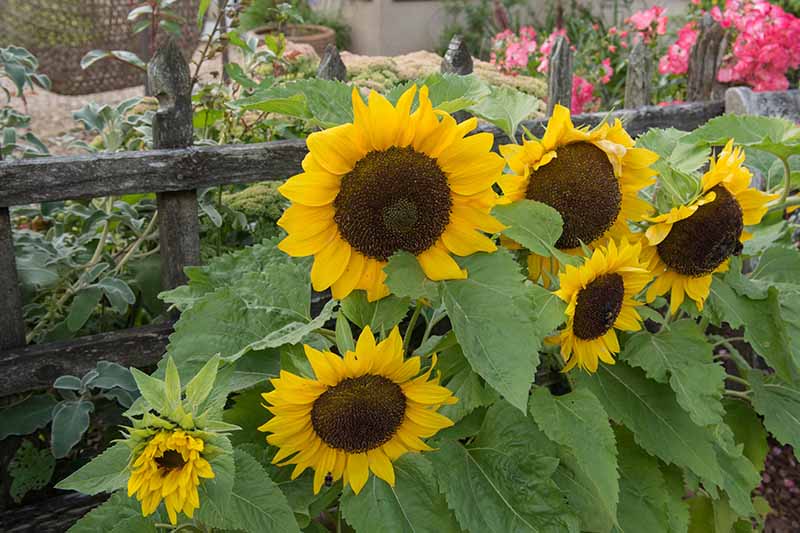
- Tomatoes: Tomatoes are another heavy feeder that can benefit from the presence of soybeans. Tomatoes also help to suppress weeds and attract beneficial insects.

Post a Comment for "The Best Companion Plants For Soybeans"